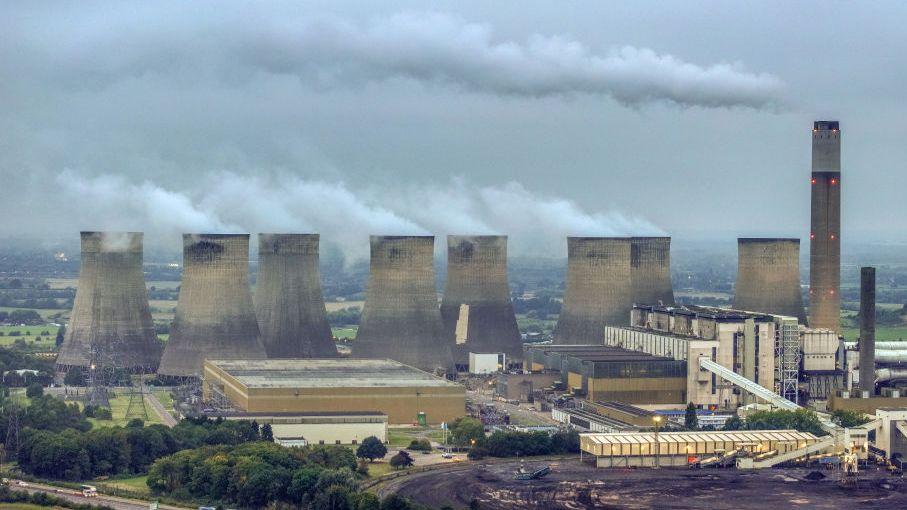
The shrink in the electricity generation in the UK for coal, has been quite astounding. in 2006, coal produced 37% of the electricity for the UK, dropping to zero by 2024.
Holborn Viaduct was the first coal power plant, opened in 1882 (In the early 1800s, coal was used to make town gas for lighting and to fuel the expansion of Britain’s burgeoning railways, but not for electricity).
It is estimated that the UK has burnt 4.6 billion tonnes of coal since this time, emitting a little over 10 billion tonnes of carbon dioxide.
Greece and the U.K. achieved the fastest coal power reductions — moving at a quicker pace than what’s needed globally but Denmark, Spain, Portugal, Israel, Romania, Germany, the United States and Chile are all not too far behind. However, there is still a huge amount of work to be done. Coal, the most polluting fossil fuel, supplied 36% of electricity generation in 2022. This must drop to 4% by 2030 and then 0% by 2040 if the world is to limit global warming to 1.5 degrees C and prevent the most catastrophic impacts of the climate crisis. This is frankly an astounding rate of decline, and there are many countries around the world, who will have to be supported, if we are to meet this requirement.
Paradoxically, the USA also appears on the list of countries furthest from phasing out coal, along with India and China. It is quite feasible for the USA to cut its way to coal at a surprising rate (though whether Trump returns to the White house, or Kamala moves from the vice presidents wing, to the presidents wing, is likely to have a big impact on whether coal is left behind in the USA or not)
It is true that coal is the most dirty fuel, but we still have a great deal of work to do as a species, if we are to avoid the worst of global warming. It is thought that we have just 6 years to stop burning gas, and this accounts for around 22% of global electricity generation. In much of the west, gas is also used for heating, and while there are alternative options (we had a heat pump installed this year, after it was clear that our boiler was failing). 73.8% of UK houses are heated in this way, and so there is clearing a big need for the transition to occur faster.
In the UK, all electricity generation is meant to be carbon neutral by 2035, so gas must disappear by then – though as the financial penalties for continuing to burn things and the cost of other electricity generation falls, the financial imperative to end gas power plant use, is only going to increase, so we may well get there far faster. It should be noted, that the government also has a 95% electricity generation target in 2030, so gas must reduce fast over the next 5-6 years.
Currently, wind power generation accounts for 30 gigawatt hours, but the 2030 target is 50, and solar generation is targeting a 5 fold increase in the amount of generation by 2035. These two alone, will greatly outweigh the loss of gas.
Of course, you can save money in almost any part of the world, but installing solar (we nearly have ours working) will not only help in cleaning up the grid, but our investment, is likely to be paid back from savings in around 3 years.
In the global south, it is even easier to make this work.











